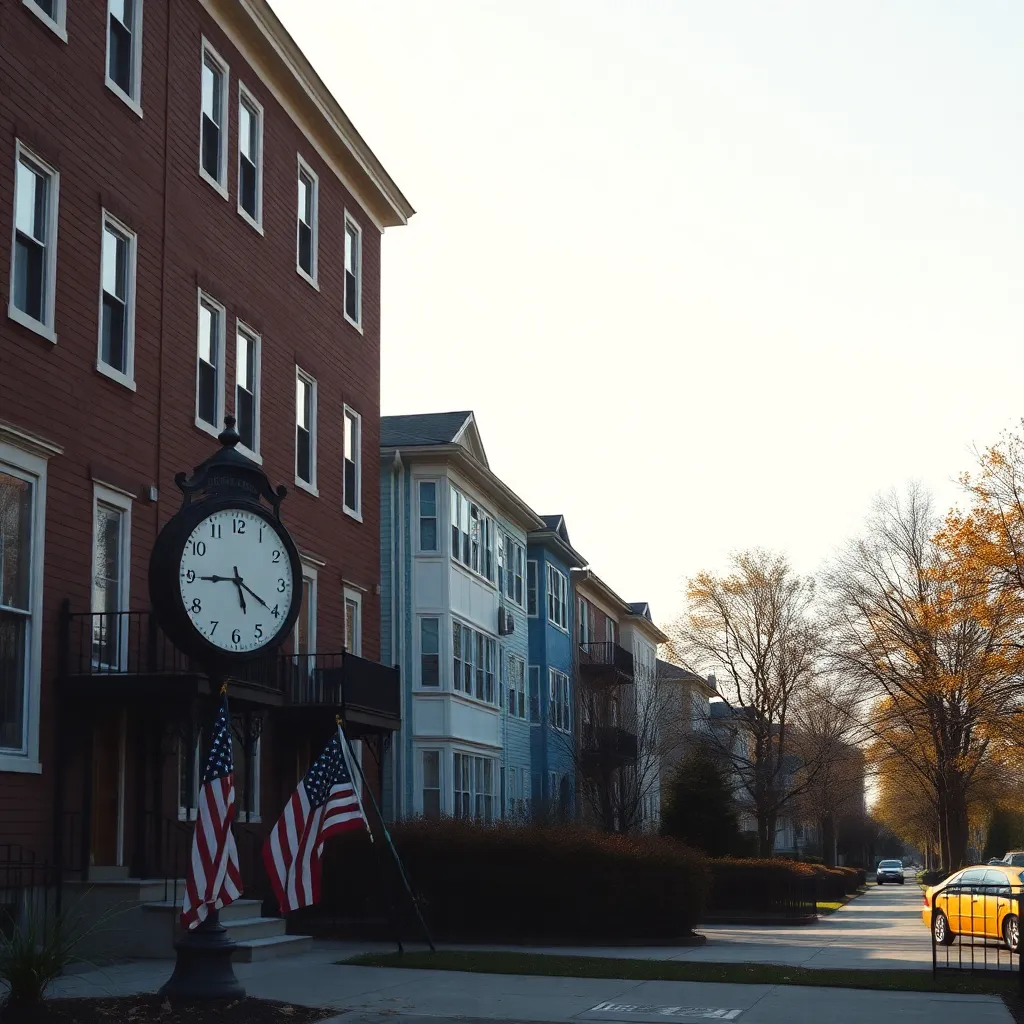

Most Americans Brace for Daylight Saving Time Change Amid Rising Calls for Permanent Standard or Daylight Time
This Sunday, November 3, many Americans will once again face the biannual task of setting their clocks back one hour as daylight saving time (DST) comes to an end. While some individuals might be happy to gain an extra hour of sleep, others are reigniting the conversation around the future of this semi-annual practice.
As the clock rolls back, early risers will find themselves greeted with a sunnier morning, although this means the sun will also set an hour earlier in the evening. For many, the end of daylight saving time leads to mixed feelings. On one hand, it’s a chance for extra rest, but on the other, it brings about an earlier dusk.
For years, the transition from summer to standard time has sparked discussions on whether the practice should continue. Currently, all but two states in the U.S. observe daylight saving time. Some states have proposed making DST permanent, while others are pushing for standard time to be the constant. This has resulted in a confusing mix of discussions, but no real changes have occurred yet because federal law prohibits states from making permanent time changes on their own.
Senator Marco Rubio from Florida has been vocal about his proposal, known as the Sunshine Protection Act, which aims to make daylight saving time permanent across the nation. The Senate passed the bill back in 2022, but it has been stalled in the House of Representatives despite being introduced in multiple sessions. “It’s time to lock the clock and stop enduring the ridiculous and antiquated practice of switching our clocks back and forth,” Rubio mentioned recently.
Health and safety experts indicate that the practice of changing the clocks can be harmful. Some studies have shown that the time shifts interfere with individuals’ natural sleep cycles, known as circadian rhythms. Erik Herzog, a professor at Washington University, states that the consensus among health professionals is that permanent standard time is preferable for human health. In a survey conducted in October 2021, it was found that about 43% of Americans prefer year-round standard time, while 32% lean toward permanent daylight saving time. Only 25% want to maintain the current clock-switching status quo.
As of now, states cannot adopt permanent daylight saving time without federal approval. However, in recent years, several states have been working on legislation that would allow them to do so if Congress changes the law. In total, 30 pieces of legislation concerning daylight saving time have been considered in 2024 alone. Oklahoma is among the latest states to pass a measure for permanent daylight saving time, pending Congressional approval.
Other states that have either passed similar measures or are actively considering them include Colorado, Kentucky, Alabama, Georgia, Minnesota, Mississippi, Louisiana, Ohio, South Carolina, Utah, Wyoming, Delaware, Maine, Oregon, Tennessee, Washington, and Florida. California also passed a ballot initiative allowing their legislature to pursue a similar law.
The complexity of enacting permanent daylight saving time is compounded by the fact that some of these states have stipulated that their changes depend on neighboring states doing the same. For instance, Idaho has regulations that would only apply to its northern region if Washington makes a similar move.
Currently, Arizona (excluding the Navajo Nation) and Hawaii are the only two U.S. states that don’t change their clocks at all, as they maintain standard time year-round, a practice allowed under federal law.
Advocates for permanent daylight saving time argue its benefits, including more hours of sunlight for afternoon activities and energy savings. However, researchers warn that shifting the time twice a year can lead to health problems. For example, a jump ahead into summer time in March has been linked to increased heart attack incidents and car accidents shortly after the switch.
In looking at historical data, there was a time from February 1942 to September 1945 when the U.S. adopted year-round daylight saving time during World War II for energy conservation efforts. Although many liked the idea initially, complaints about extremely late sunrises during winter soon led to revisiting the decision.
As the clock changes this Sunday, many may find themselves grappling with the question: Is it time for a change in how we handle time?
News Summary On a normal Thursday evening, an Amtrak train struck three family members in…
News Summary In a significant development, GOP Representative Anna Paulina Luna is advocating for remote…
News Summary A Michigan couple, Paul and Christy Akeo, spent nearly a month in a…
News Summary Communities from Kentucky to Missouri are reeling from a devastating tornado outbreak that…
News Summary The Trump administration has fired General Timothy Haugh, the director of the NSA,…
News Summary The annual CORK wine festival in Shreveport has been rescheduled to April 6,…